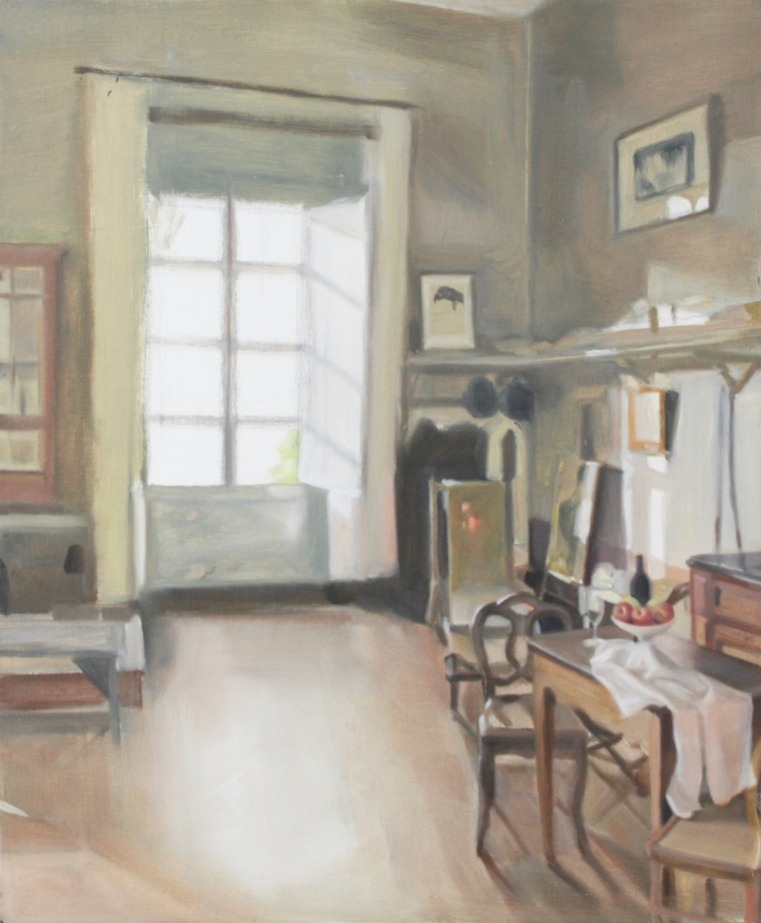
| Period| | 2021.02.16 - 2021.02.22 |
|---|---|
| Operating hours| | Mon-Fri : 10:00-18:30 Sat,Sun : 12:00-18:00 |
| Space| | Gallery Knot |
| Address| | 27, Yunboseon-gil, Jongno-gu, Seoul, Republic of Korea |
| Closed| | Exhibition preparation period |
| Price| | Free |
| Phone| | 02-598-5333 |
| Web site| | 홈페이지 바로가기 |
| Artist| |
|
정보수정요청



|
|
Exhibition Information
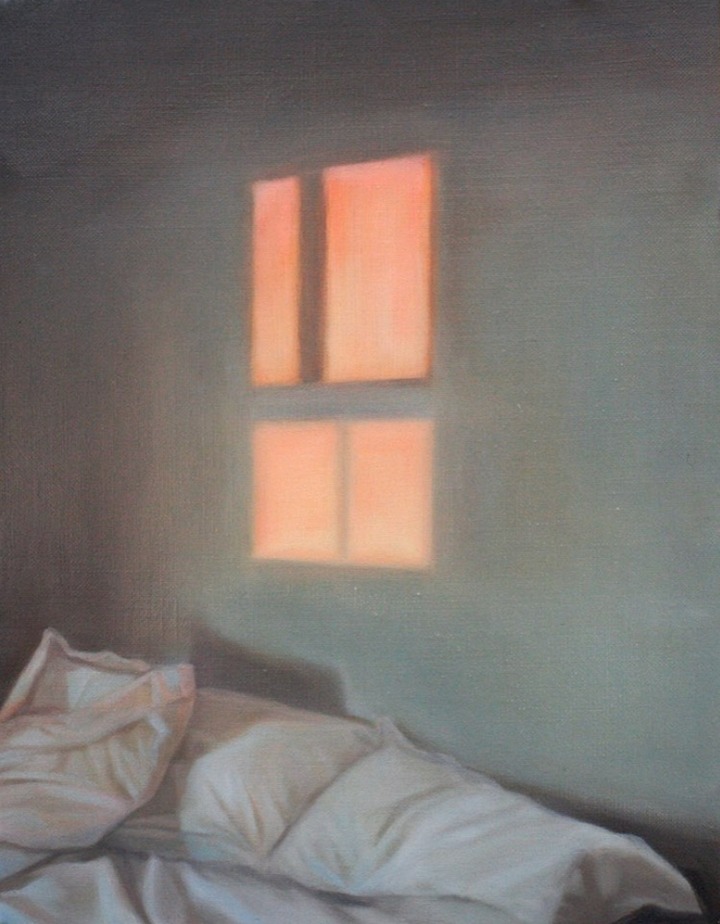
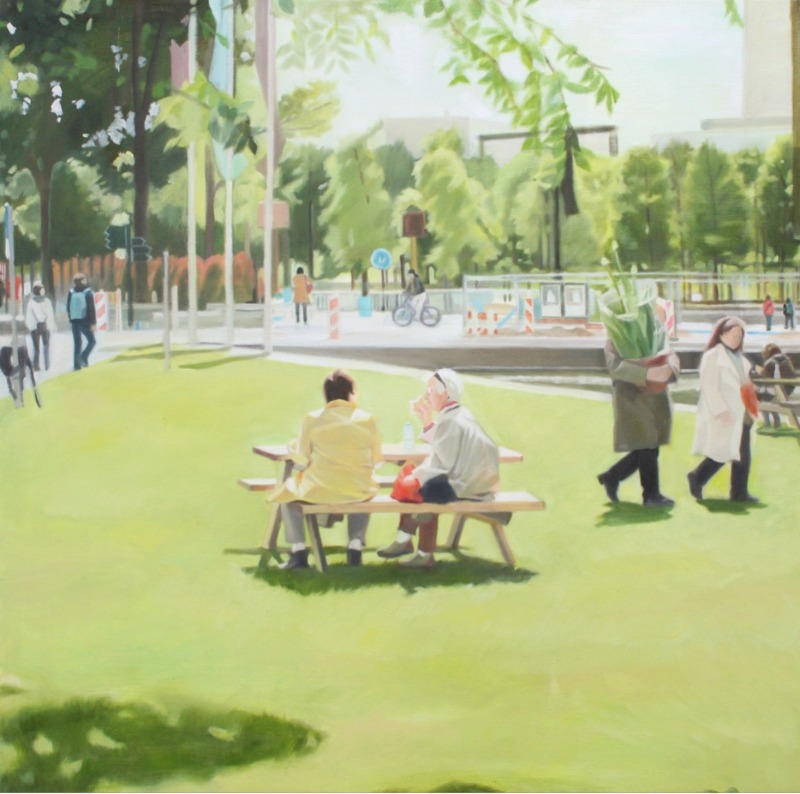
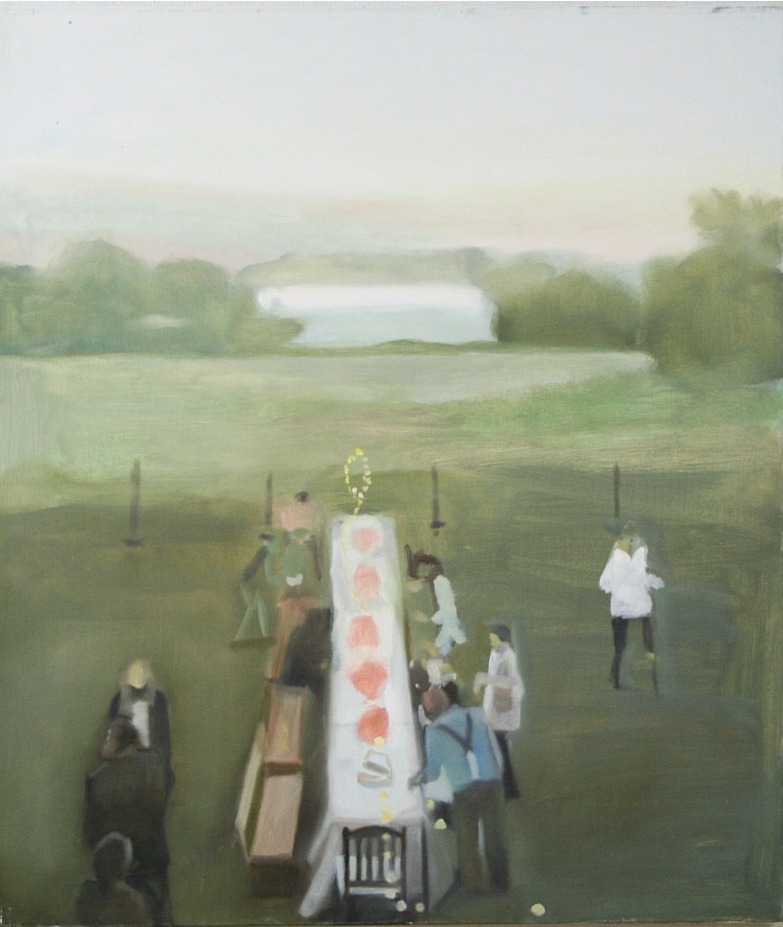
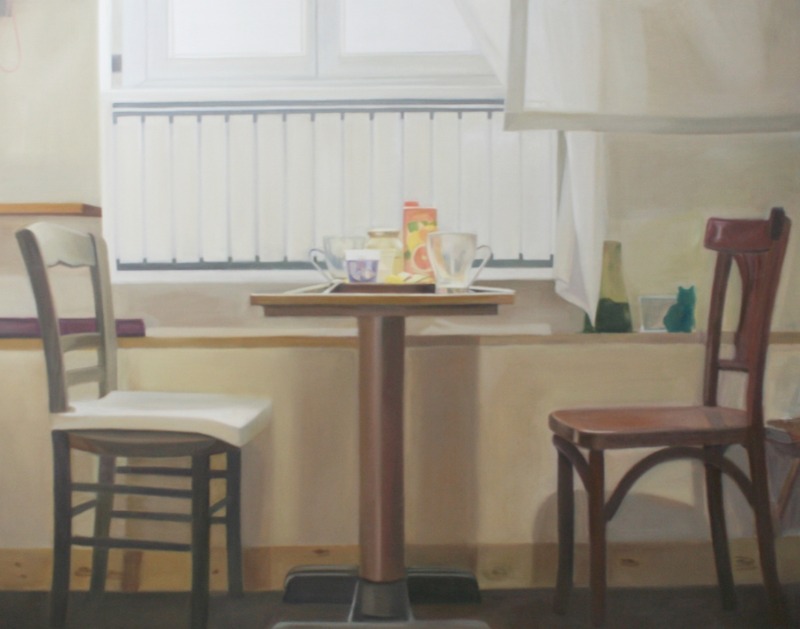
Artist's Note The black tea & madeleine is sometimes discovered in an instant because there was always an unconscious landscape. The black tea & madeleine is a story from the novel "Finding Lost Time" by French author Marcel Frost (1871.7.10–1922.11.18), an example of a famous episode that evokes the memory of an infant when the protagonist holds a piece of black tea. The past that Marcel in the novel recovered is a deep and distant past beyond what really existed. It is not the present or the past, but it is a completely new form of pure past that our perceptions have never experienced. This is the concept of Bergson's naturally remembered true memory image, "Pure Memory," which can be understood as joy, or "non-voluntary memory," arising from the emotional similarities that coexist in the past and present through the story of black tea and Madeleine. As such, the works of this exhibition begin with "unconscious memory." Memory is not an active activity to reflect on or recall past events, but it means that things that have not been remembered, cannot be remembered, and forgotten despite having clearly experienced them. It was intended to express the discovery of memory by chance, and the moment when the meaning of events that were not known at the time of passing through that point in the past was revealed in general. The painting drew individual attention to materials experienced such as food, furniture, parts of space, and travel destinations. I wanted to talk about how difficult it is to fully understand the meaning of memory in our seemingly insignificant daily lives, and how many meanings are contained in a small experience that seems trivial. In order to capture the actual appearance and meaning of life, we tried to reconstruct the center and surroundings of memory through the medium of memory. In other words, it was intended to express individual emotions flowing from past memories and places. In addition, the final image was produced through delicate editing in the memories experienced through the work method and produced with the technique of oil painting and engraving. It was not just a reproduction scene, but a purpose of reminiscing about any memory or atmosphere. It is hoped to be connected to the "memory" of the past through the "visual" element, and to study the inner scenery of remembering the sweet moments of joy that "open the horizon in my heart in a moment" through the work as in Proust's "Finding Lost Memory."
